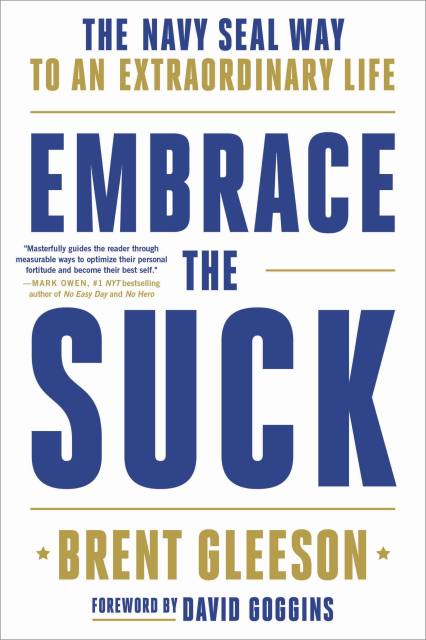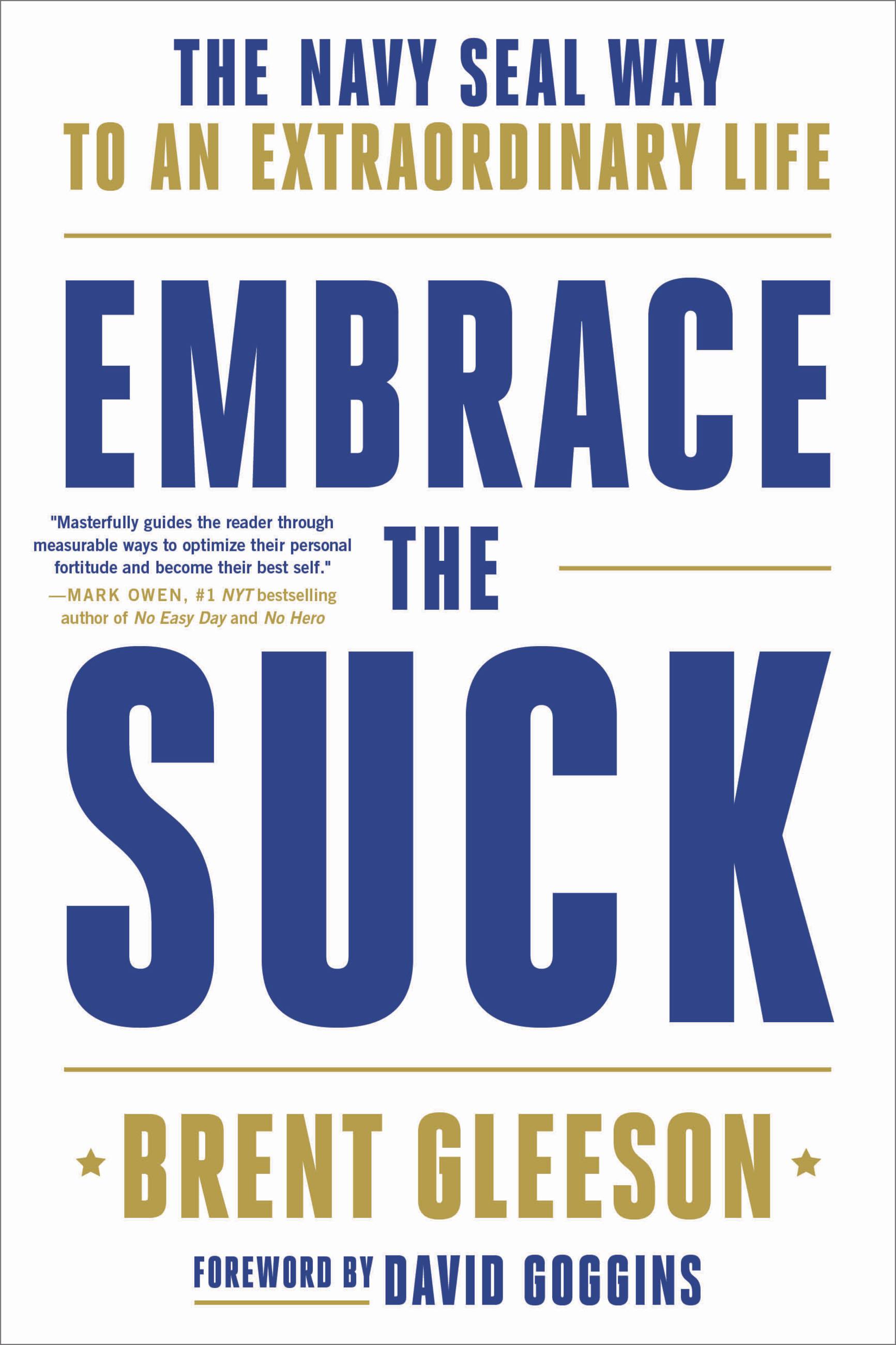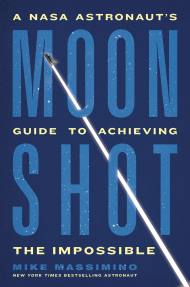Embrace the Suck
The Navy SEAL Way to an Extraordinary Life
Contributors
Formats and Prices
Price
$12.99Price
$16.99 CADFormat
Format:
- ebook $12.99 $16.99 CAD
- Hardcover $28.00 $36.00 CAD
- Audiobook Download (Unabridged) $18.99
- Trade Paperback $18.99 $24.99 CAD
This item is a preorder. Your payment method will be charged immediately, and the product is expected to ship on or around December 22, 2020. This date is subject to change due to shipping delays beyond our control.
Also available from:
Get into the Navy SEAL mindset with this raw, brutally honest, in-your-face self-help guide that will teach you how to thrive on adversity.
During the brutal crucible of Navy SEAL training, instructors often tell students to "embrace the suck." This phrase conveys the one lesson that is vital for any SEAL hopeful to learn: lean into the suffering and get comfortable being very uncomfortable. In this powerful, no-nonsense guide, Navy SEAL combat veteran turned leadership expert Brent Gleeson teaches you how to transform every area of your life—the Navy SEAL way.
During the brutal crucible of Navy SEAL training, instructors often tell students to "embrace the suck." This phrase conveys the one lesson that is vital for any SEAL hopeful to learn: lean into the suffering and get comfortable being very uncomfortable. In this powerful, no-nonsense guide, Navy SEAL combat veteran turned leadership expert Brent Gleeson teaches you how to transform every area of your life—the Navy SEAL way.
Can anyone develop this level of resilience? Gleeson breaks it down to a Challenge-Commitment-Control mindset. He reveals how resilient people view difficulties as a Challenge, where obstacles and failures are opportunities for growth. Next, they have a strong emotional Commitment to their goals and are not easily distracted or deterred. Finally, resilient people focus their energy on the things within their Control, rather than fixating on factors they can't impact.
Embrace the Suck provides an actionable roadmap that empowers you to expand your comfort zone to live a more fulfilling, purpose-driven life. Through candid storytelling, behavioral science research, and plenty of self-deprecating humor, Gleeson shows you how to use pain as a pathway, reassess your values, remove temptation, build discipline, suffer with purpose, fail successfully, transform your mind, and achieve more of the goals you set
-
"Resilience is key to overcoming all obstacles in life, of which there are many! Embrace the Suck masterfully guides the reader through measurable ways to optimize their personal fortitude and become their best self."Mark Owen, #1 NYT bestselling author of No Easy Day and No Hero
-
"The one constant that connects us all is that every single one of us is going to get knocked down in life. What defines us and our character is not just what we do next, but how we do it. Brent Gleeson recommends you embrace the suck and get after it. I agree. It's time to execute!"Jack Carr, New York Times bestselling author of Savage Son
-
"This riveting step-by-step manual boils it down to the one founding principle we are taught in the SEAL Teams--you have to learn to "embrace the suck." I highly recommend this book to anyone looking to level up with a proven process to overcome the adversity we all face in life and business!"Jason Redman, US Navy SEAL (Retired), NYT bestselling author of The Trident and Overcome
-
"Tough times don't last, but tough people do. Whether in business or in life adversity is often viewed as the enemy. Mindset however, is the antidote and solution. Embrace the Suck is a no-nonsense field manual that will empower anyone to turn adversity into an advantage so that you can overcome any setback and dominate life. Brent Gleeson delivers the goods through his real world, in-the-trenches experience as a Navy SEAL warrior and leadership expert."Bedros Keuilian, bestselling author of Man Up and founder of Fit Body Boot Camp
-
"No matter how you define success, the path to achieving it will require determination and resilience in the darkest of moments. In this no-nonsense self-help guide, you'll learn that in order to fulfill your goals, you have to be willing to embrace the suck."Todd Hymel, CEO, Volcom
-
"Regardless of all the inevitable obstacles we face from the day we're born until the day we go over the great divide, if we simply embrace the suck and go all in, there's no limit to what we can accomplish."from the foreword by David Goggins, New York Times bestselling author of Can't Hurt Me
-
"A book like this deserves its own category. Embrace the Suck is a book about resilience, personal development, and self-mastery. Each chapter is full of engaging stories of Navy SEAL missions complemented with real-life application for readers. This book screams, take action with your life. Indeed a work of art that I won't soon forget."Alex Sanfilippo
- On Sale
- Dec 22, 2020
- Page Count
- 224 pages
- Publisher
- Hachette Go
- ISBN-13
- 9780306846328
Newsletter Signup
By clicking ‘Sign Up,’ I acknowledge that I have read and agree to Hachette Book Group’s Privacy Policy and Terms of Use







